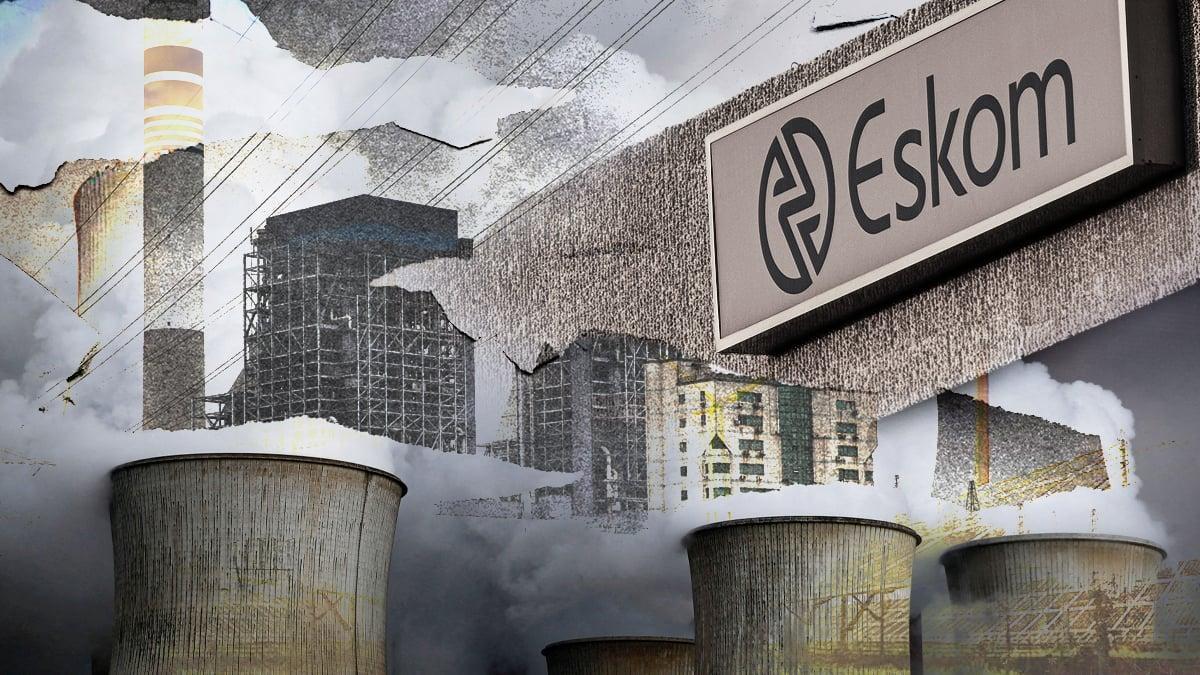Africa-Press – South-Africa. Electricity prices are set to decline in the coming years, or at least increase at a significantly slower rate, as Eskom turns its attention to reducing its cost of producing energy.
The utility’s improved operational performance has given it space to shift its focus as load-shedding appears to largely be something of the past.
Eskom aims to limit increases to electricity prices in future and potentially reduce them by cutting costs at the utility and investing in newer technologies that produce energy more cheaply.
This is feedback from Eskom chairman Mteto Nyati, who outlined the utility’s shift in focus towards electricity affordability following the release of its latest financial results, which revealed a R16.05 billion profit.
Speaking to BizNews, Nyati said South Africa’s issues of energy security are largely behind it, and now other challenges have become more pressing.
“The challenges related to energy security are behind us. If we continue on this trajectory of being disciplined in maintaining our coal fleet in particular, we will enjoy the surplus we have today,” Nyati said.
“But, going forward, the challenges are different and are really about the affordability of electricity. We need the price of electricity to come down in order to drive the growth of this economy.”
Nyati said this is a significant challenge, with rising electricity prices being one of the main reasons for the deindustrialisation of South Africa’s economy.
“The next big focus of this board, together with the executive management of Eskom, is to be driving down the cost of electricity,” he said.
The issue here is that this will not happen overnight, with it likely to take years for Eskom to reduce its cost of producing electricity meaningfully and bring down electricity prices.
“Unfortunately, none of these things can be done overnight. Just as it was a three-year journey that took us to a place where we hardly have load-shedding, we have a similar kind of plan to take out costs from within Eskom,” Nyati said.
Eskom has an aggressive five-year plan to reduce the cost of producing electricity meaningfully, which is currently being implemented.
“We have a five-year plan to take out around R112 billion of costs from the base, and that is very important. This means that as we think about the future, the kind of increases that you are going to see will likely be in line with inflation,” Nyati said.
“That is the kind of set-up that you need to continue driving the growth of this economy, but it is going to be hard work.”
The Gordian Knot
Eskom CEO Dan Marokane
While Nyati believes South Africa has seen the peak in Eskom’s electricity tariff increases, any relief is going to be immensely difficult to achieve.
Eskom’s ambitious cost-reduction plan includes enhancing productivity within the utility and significant investment in cheaper technologies, such as renewable energy.
Despite this positivity, Eskom CEO Dan Marokane has been quick to point out that electricity tariffs in South Africa are still not cost-reflective.
This is despite the fact that electricity prices in South Africa have risen by 1,000% in the past twenty years as Eskom’s operational costs have risen, and its significant debt burden results in substantial interest payments.
“I just want to remind you that we are very sensitive to the fact that consumers are feeling the pain of high electricity prices,” Marokane said.
“But, I must tell you that these prices are still not cost-reflective and Nersa will be the first to tell you that the price path to ensure prices reflect costs has not reached its end yet.”
This may result in higher electricity prices in the coming years as Eskom charts a path towards financial sustainability, where it can service its own debt without taxpayer bailouts.
Electricity tariffs are set to rise by 8.76% in the next financial year, followed by a further 8.83% increase in the 2027/28 financial year.
Eskom estimates that by the end of 2028, the utility will be on a sustainable financial footing and able to service its debt from the cash it generates.
“We need to find a happy medium that keeps everyone happy and balances the need for Eskom to be financially sustainable while minimising the impact on consumers,” Marokane said.
Marokane and Electricity Minister Kgosientsho Ramokgopa have outlined plans to ease the pressure of rising electricity prices on consumers.
“What we need to do, as a country, is get to a point of agreement on a new price path that solves the problem for the poor, deals with stimulating the economy, and ensures the sustainability of the utility,” Marokane said.
“The Ministry is driving this process of reviewing South Africa’s electricity pricing policy, and then we can, as a country, agree on what is best for us.”
Ramokgopa expects to present the end product of this review to the Cabinet at the beginning of 2026.
For More News And Analysis About South-Africa Follow Africa-Press






